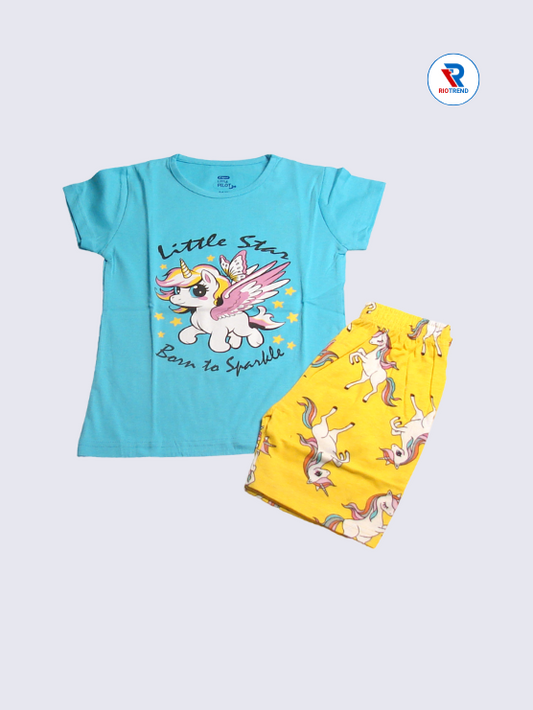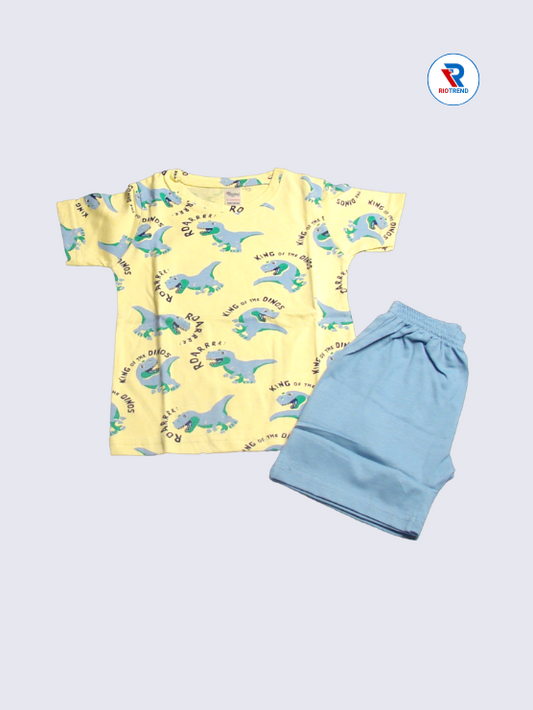As an online shopper, there’s nothing more frustrating than waiting for an eagerly anticipated package only to find that it hasn’t arrived—or worse, that it’s being sent back to the seller. You might have heard the term Return to Origin (RTO), but what does it mean, and why does it happen? In this post, we’ll walk you through everything you need to know about RTO, including how it works, the common causes, and what you can do to avoid it.
What Is Return to Origin (RTO)?
In simple terms, Return to Origin (RTO) occurs when a product ordered online is returned to the seller after an unsuccessful delivery attempt. Instead of reaching you, the customer, the package is sent back to the warehouse, fulfillment center, or seller’s location. This can happen for several reasons, such as incorrect delivery information or failure to claim the package on time.
Understanding RTO is essential because, as a shopper, it directly impacts your delivery experience. If your package is sent back, it might result in delays, extra costs, or, in some cases, you may need to reorder the item. Now, let’s explore the key causes of RTO and how it affects your orders.
What Are the Top Reasons for Return to Origin (RTO)?
RTO can happen for several reasons, and some of the most common ones include:
1. Incorrect Address Information
A small typo in your address can lead to a big issue. Whether it’s an incorrect postal code or a missing apartment number, even a tiny mistake can prevent the package from reaching you. The delivery carrier will attempt to deliver the package, but if they can’t find the correct address, it’ll be sent back to the origin.
2. Recipient Not Available
Carriers generally try to deliver packages during regular hours, but if you're not home to accept the package, they might not be able to leave it. After a few failed attempts or if you don’t reschedule a delivery, your package may be marked for return.
3. Refused Delivery
Sometimes, customers decide they no longer want the item and refuse the delivery. Whether due to a change of mind, the wrong item being delivered, or an unexpected issue with the product, the carrier will return the package to the seller.
4. Unclaimed Package
If a package is held at a local depot or post office for some time, and the recipient doesn’t claim it, the package will eventually be sent back to the seller. This is often the case when a package arrives and the recipient isn’t aware it’s available for pickup.
5. Customs or Import Issues
For international shipments, customs can hold up deliveries. If there’s a problem with the paperwork, or customs charges, or the package doesn’t meet the import requirements, it may be returned to the origin.
6. Carrier Issues
At times, the problem could be with the carrier itself. Lost or damaged packages, delivery errors, or logistic issues within the carrier’s system can result in the package being returned to the seller.
These are just a few of the most common reasons why a package may be marked as “Return to Origin.” The good news is that many of these issues can be avoided with proper attention to detail.
How Does Return to Origin Impact Online Business?
RTO doesn’t just affect you as a shopper—it can have significant consequences for the online store too. Here’s how:
1. Financial Impact on the Seller
When a package is returned, the seller incurs additional shipping costs. They may have to pay for the return shipping and potentially cover the cost of reshipping the item if you still want it. These extra expenses can add up, especially if the RTO happens frequently.
2. Customer Satisfaction
As an online shopper, RTO can be frustrating and disappointing. Waiting for your order and then finding out it’s on its way back to the seller can negatively impact your overall shopping experience. If this happens too often, you might think twice before shopping with that retailer again.
3. Inventory Management
RTO can affect a business’s inventory. If products are returned, the store needs to inspect them and decide whether the item can be resold. If an item is returned damaged, it might not be eligible to go back on the shelf for resale, leading to potential loss of inventory.
4. Delays in Delivery
RTOs contribute to delays in your delivery. When a product is sent back to the warehouse, it has to go through the return process before it can be reshipped to you, if that’s an option. This adds unnecessary time to the delivery, especially during busy seasons when orders are already delayed.
What Happens After An RTO Is Incurred?
So, what happens when an RTO is triggered? Here’s a typical process:
- Return to Seller: The package will be sent back to the seller’s fulfillment center or warehouse.
- Inspection: Once the item returns to the warehouse, it’s inspected. The store checks if the item is in good condition or if there’s damage or issues that need to be addressed.
- Refund or Reshipping: Depending on the store’s policy, you may either receive a refund or the option to have the item reshipped. If you still want the item, you may need to pay for reshipping or provide updated shipping information.
- Customer Support: If your order was returned due to an error or issue on the retailer’s part, reaching out to customer support can help resolve the problem, potentially saving you time and effort in reordering.
How Is An RTO Order Processed?
The process of RTO follows several steps, from the first delivery attempt to the final return. Here’s a breakdown:
- Delivery Attempt: The carrier attempts to deliver the package to your address.
- Failed Delivery: If the delivery fails due to issues like an incorrect address, no one being available to receive the package or refusal, the carrier may try again or hold the package at a local depot.
- Return to Origin: After several failed delivery attempts or the package is unclaimed, it is sent back to the seller or origin.
- Inspection and Refund: Once the package arrives back at the seller’s location, it is inspected for damages, and the next steps are determined. You may receive a refund, or the item may be reshipped if you still want it.
If the issue lies with an incorrect address or missed delivery, the store may contact you to correct the details before reshipping.
Final Thoughts
While RTO may be a bit of a hassle, understanding the process can help you avoid common pitfalls as an online shopper. By ensuring that your shipping information is correct, staying on top of tracking updates, and being available for deliveries, you can minimize the chances of an order being returned to its origin.
If you do face an RTO, knowing the process and reaching out to customer support can help you quickly resolve the situation. After all, we all want our packages to arrive on time and without issues!
Have you ever experienced an RTO with one of your online orders? Share your story or ask any questions in the comments below!
Return to Origin (RTO) FAQs
How do I know if my order is being returned to its origin?
You’ll typically receive a notification from the carrier or the retailer. If tracking shows that the item is on its way back to the seller, it’s a good indication that RTO is occurring.
Can I prevent my order from being sent back to the seller?
Yes, double-check your shipping information before placing the order. If your address changes, ensure that the carrier has the most up-to-date details. Additionally, try to be available for delivery or make arrangements for package pickup.
Will I get a refund if my order is RTO ed?
Many retailers will offer a refund for returned items, but it depends on their return policy. Some sellers may also offer reshipping options if you still want the item.
How long does it take for an RTO to process?
The processing time can vary. Generally, it takes a few days for the package to be returned, and once received, the refund or reshipping process can take additional time.
Is RTO more common for international orders?
Yes, international orders are more prone to RTO due to customs issues, import restrictions, or documentation errors. Always check the customs policies for the country you’re ordering from.









